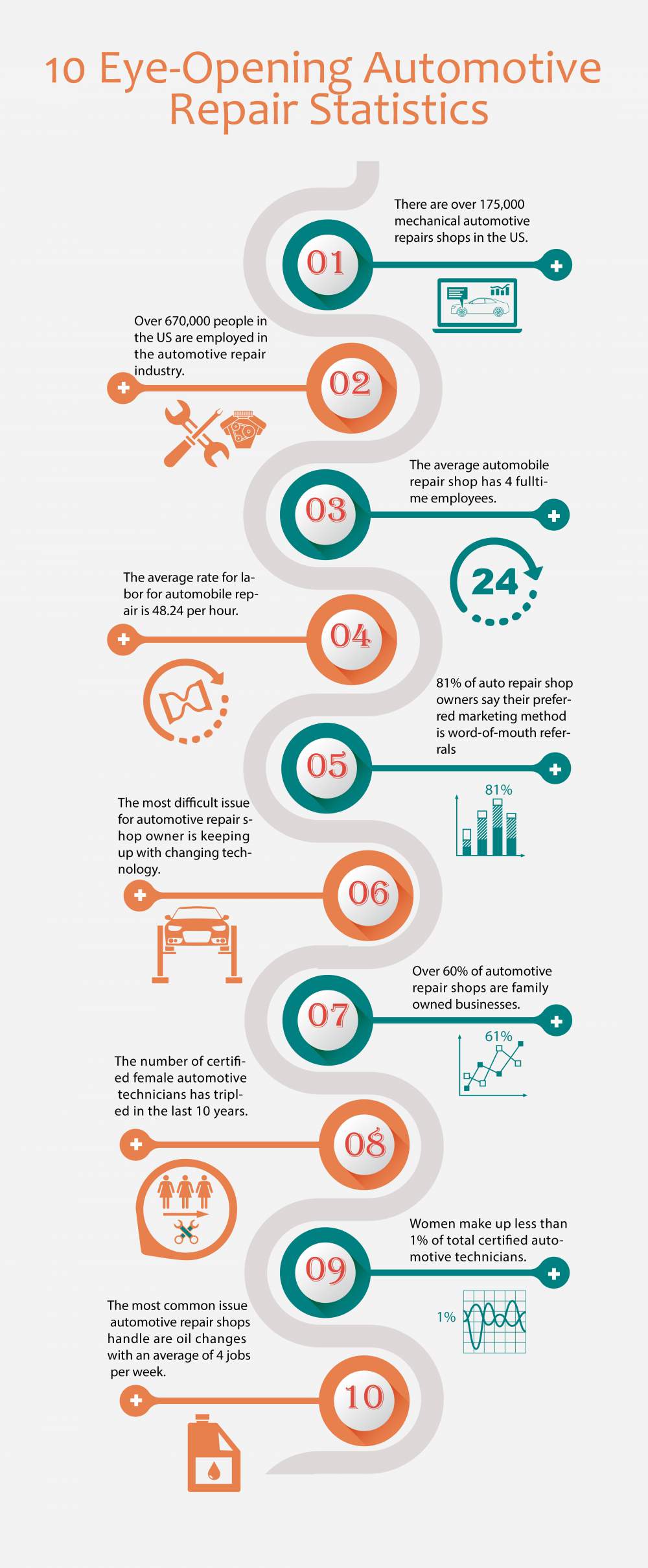Intend To Learn More Regarding The Caution Lights On Your Dashboard? Reveal What They Show Regarding Your Automobile'S Health And Safety
Intend To Learn More Regarding The Caution Lights On Your Dashboard? Reveal What They Show Regarding Your Automobile'S Health And Safety
Blog Article
Write- vehicle detailing Created By-Termansen Dalgaard
When you're behind the wheel, those radiant warning lights on your control panel can be a little bit complicated. Do you recognize what they're trying to tell you about your car's health? Understanding the value of these lights is vital for your safety and the durability of your vehicle. So, the following time one of those lights turns up, would not you wish to decipher its message accurately and take the essential steps to address it?
Common Warning Lighting and Interpretations
Recognize typical caution lights in your automobile and recognize their definitions to ensure risk-free driving.
The most normal warning lights consist of the check engine light, which indicates problems with the engine or discharges system. If this light comes on, it's critical to have your vehicle inspected quickly.
The oil pressure cautioning light suggests reduced oil stress, needing instant attention to avoid engine damage.
A flashing battery light could recommend a damaged charging system, potentially leaving you stranded if not resolved.
The tire pressure monitoring system (TPMS) light informs you to low tire pressure, influencing lorry security and fuel efficiency. Neglecting this can cause dangerous driving problems.
The abdominal light indicates a problem with the anti-lock braking system, compromising your capacity to stop rapidly in emergencies.
Last but not least, the coolant temperature cautioning light warns of engine overheating, which can cause severe damages if not fixed quickly.
Recognizing these common caution lights will certainly aid you address problems immediately and maintain risk-free driving conditions.
Importance of Prompt Attention
Recognizing the usual caution lights in your car is only the initial step; the significance of without delay addressing these warnings can't be stressed enough to ensure your safety and security when driving.
When a warning light illuminates on your dashboard, it's your car's means of communicating a possible concern that requires attention. Neglecting these cautions can cause much more extreme issues later on, jeopardizing your security and potentially costing you a lot more in repairs.
Trigger focus to cautioning lights can stop malfunctions and crashes. For instance, a flashing check engine light might indicate a misfire that, if left ignored, might trigger damage to the catalytic converter. Addressing this quickly can save you from a costly repair work.
Similarly, a brake system warning light may indicate reduced brake fluid or worn brake pads, essential components for your security when driving.
Do It Yourself Troubleshooting Tips
If you notice a caution light on your dashboard, there are a couple of DIY troubleshooting suggestions you can attempt before looking for professional aid.
The very first step is to consult your vehicle's guidebook to understand what the certain caution light shows. Sometimes Read Significantly more can be as simple as a loose gas cap causing the check engine light. Tightening up the gas cap may solve the issue.
Another usual concern is a low battery, which can cause various warning lights. Examining the battery links for deterioration and ensuring they're safe could take care of the issue.
If a warning light lingers, you can try resetting it by separating the car's battery for a couple of mins and afterwards reconnecting it. In addition, checking your lorry's liquid degrees, such as oil, coolant, and brake liquid, can help repair advising lights connected to these systems.
Verdict
Finally, understanding your auto's caution lights is crucial for maintaining your automobile running smoothly and safely. By immediately attending to these alerts and understanding what they imply, you can prevent expensive repair work and possible break downs.
Remember to consult your auto's guidebook for particular information on each warning light and do something about it accordingly to ensure a trouble-free driving experience.
Stay educated, stay secure when traveling!
